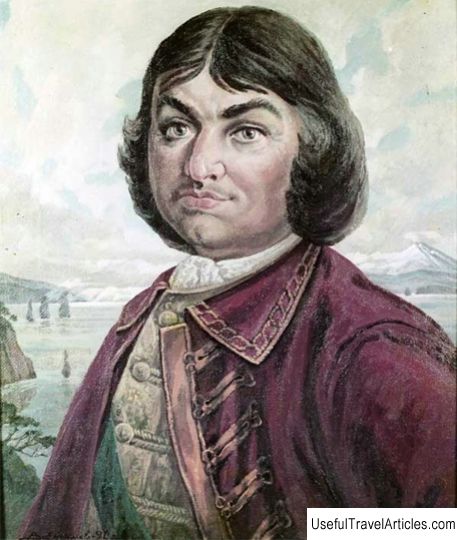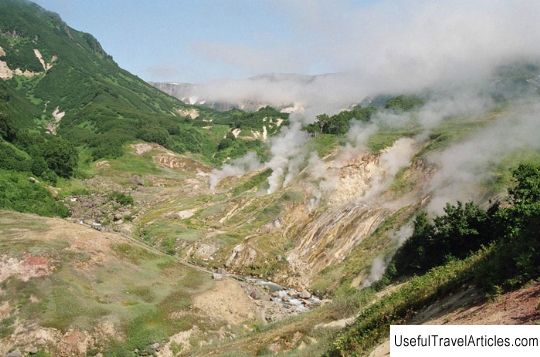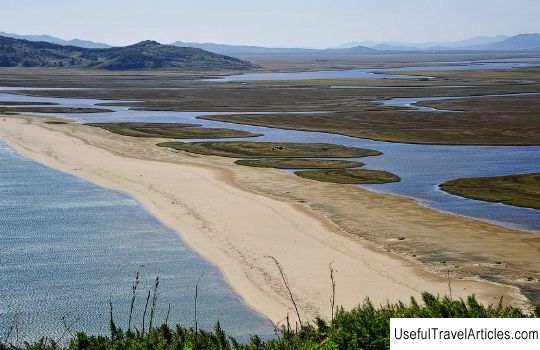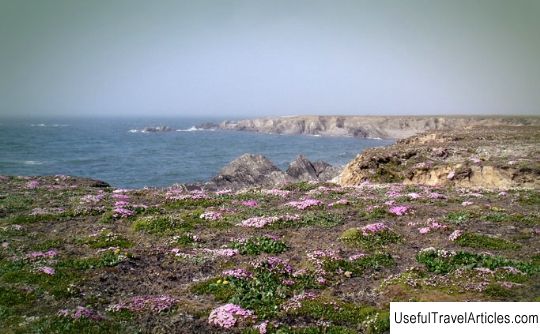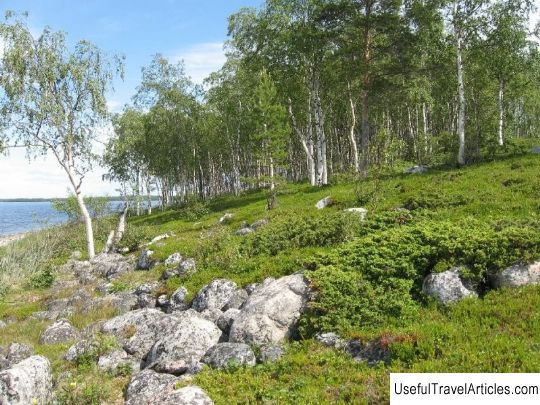Komandorsky Nature Reserve description and photos - Russia - Far East: Kamchatka
Rating: 7,5/10 (1930 votes) 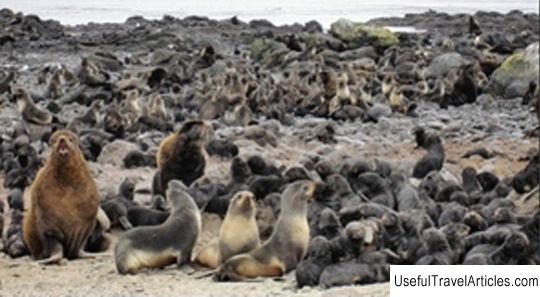
Komandorsky Nature Reserve description and photos - Russia - Far East: Kamchatka. Detailed information about the attraction. Description, photographs and a map showing the nearest significant objects. The name in English is Komandorsky Nature Reserve. Photo and descriptionThe Commander Islands were discovered in 1741 during an expedition led by Commander Vitus Bering, and are named after him. For a long time after the discovery, the islands were uninhabited, the first settlers - the Aleuts and Creoles - began to inhabit the islands only in 1825, later forming on the islands a peculiar and unique Creole group in terms of their ethnic traditions. The village of Nikolskoye on the largest of the Commander Islands - the Bering Island - is the only Aleut settlement in Russia. During Tsarist Russia, the Commander Islands were one of the main suppliers of furs, replenishing the royal treasury. The uncontrolled extermination of animals, "fur fever", led to the mass extermination of seals, dramatically reducing their numbers. Only at the end of the 19th century, the protection of rookeries began, and restrictions on the extraction of sea otters and fur seals were introduced. Control over the sea otter fishing and the prohibition of the hunting of fur seals were introduced in 1911. In Soviet times, the situation on the Commander Islands improved - since 1958, a ban was introduced on fishing in the thirty-mile zone around the islands, in 1980 on On the territory of the islands, a nature reserve was created, which since 1983 has acquired regional significance. The federal significance and the name "State nature reserve of federal significance" Komandorskiy "received on April 23, 1993, and at the end of 2002 it was assigned the status of" biosphere "under the auspices of UNESCO. The Komandorskiy nature reserve is the second largest territory among the reserves Russia. Its area is 3 648 679 hectares, including 185,379 hectares of land and 3,463,300 of the Pacific Ocean and the Bering Sea. There is no volcanic activity on the territory, but there are earthquakes. The reserve is spread in the southern part of Bering Island, on the islands Toporkov, Ariy Kamen, Medny, located in a compact group east of the Kamchatka Peninsula. The reserve is divided into territories with varying degrees protection: The fauna of the Commander Reserve is amazing and diverse. The reserve is protected by pinnipeds, whales, blue foxes, red voles, American minks, wild reindeer, more than a million birds. In the coastal waters of the islands, there are 17 species of whales: sperm whales, minke whales, commander's whales, beaked whales, Japanese and humpback whales, fin whales and sei whales. In search of food, whales swim very close to the shore, allowing tourists to admire the fountains of water and majestic silhouettes. Pinnipeds are the main treasure of the reserve. The islands are inhabited by over 250,000 sea otters, sea lions, anthurs, seals, fur seals, sea hares, lionfish, walruses and other species. Blue and bowhead whales, minke whales, anthurs, Commander's belttooths, sea otters are listed in the Red Book. Due to the originality of the flora of the islands, the Commanders are separated from the flora of Kamchatka and the Aleutian Islands. Due to the frequent and strong winds, there are no trees on the islands, and only in the valleys and creeks protected from the winds do low and strongly curved willow and mountain ash bushes grow, and in open areas there are thickets of juniper. River valleys and banks lakes are rich in flowers, many species of which are listed in the Red Book: large-flowered slipper, Yatabe slipper, real slipper, seaweed, Kamchatka trillium and Lessing's arnica. Without special permission, you can pick berries and mushrooms in the reserve. The Commander Islands attract tourists from all over the world with their wild, primitive, untouched nature. The period from July to September is the most favorable period for visiting the reserve. Two active routes have been developed for tourists: “Aleutian trail on Medny Island” and “Acquaintance with the fauna and flora of Bering Island”. The cruise program includes a visit to the village of Nikolskoye, fur seal rookeries, inspecting the Toporkov, Medny, Ariy Kamen islands. You can get to the administrative center of the Commander Islands - the village of Nikolskoye on Bering Island in three ways: by plane L-410 from Yelizovo airport, by helicopter MI-8 or by sea passenger ship. Travel around the reserve is carried out on GAZ-66, UAZ, ZIL-131, URAL or on foot, by water - on motor boats "Zodiac".         We also recommend reading Mustafa Pasha Mosque description and photos - Macedonia: Skopje Topic: Komandorsky Nature Reserve description and photos - Russia - Far East: Kamchatka. |
